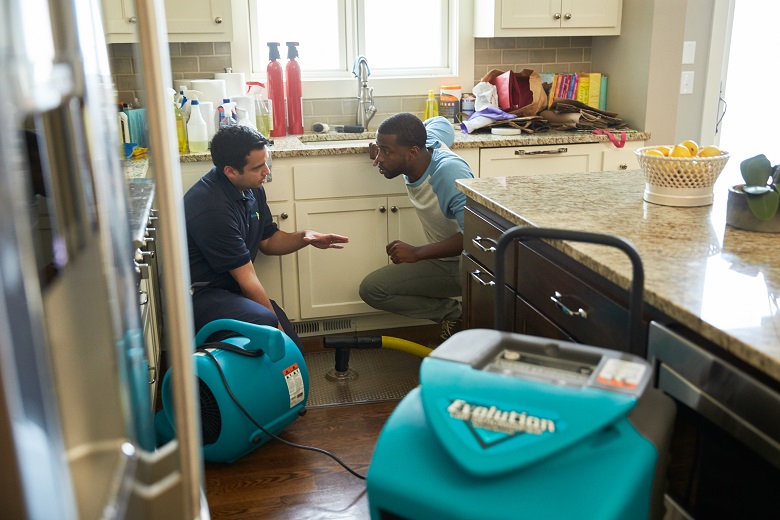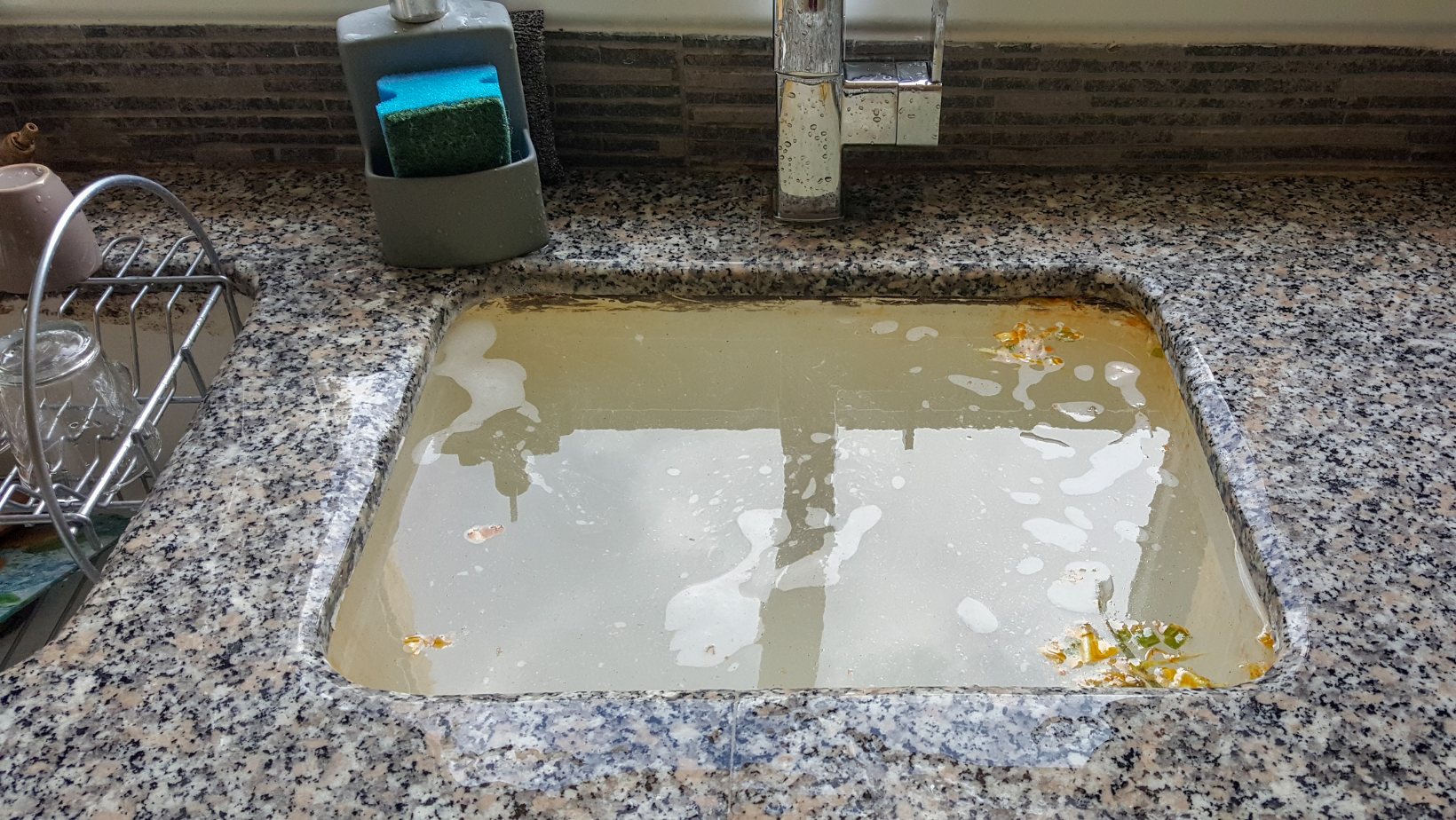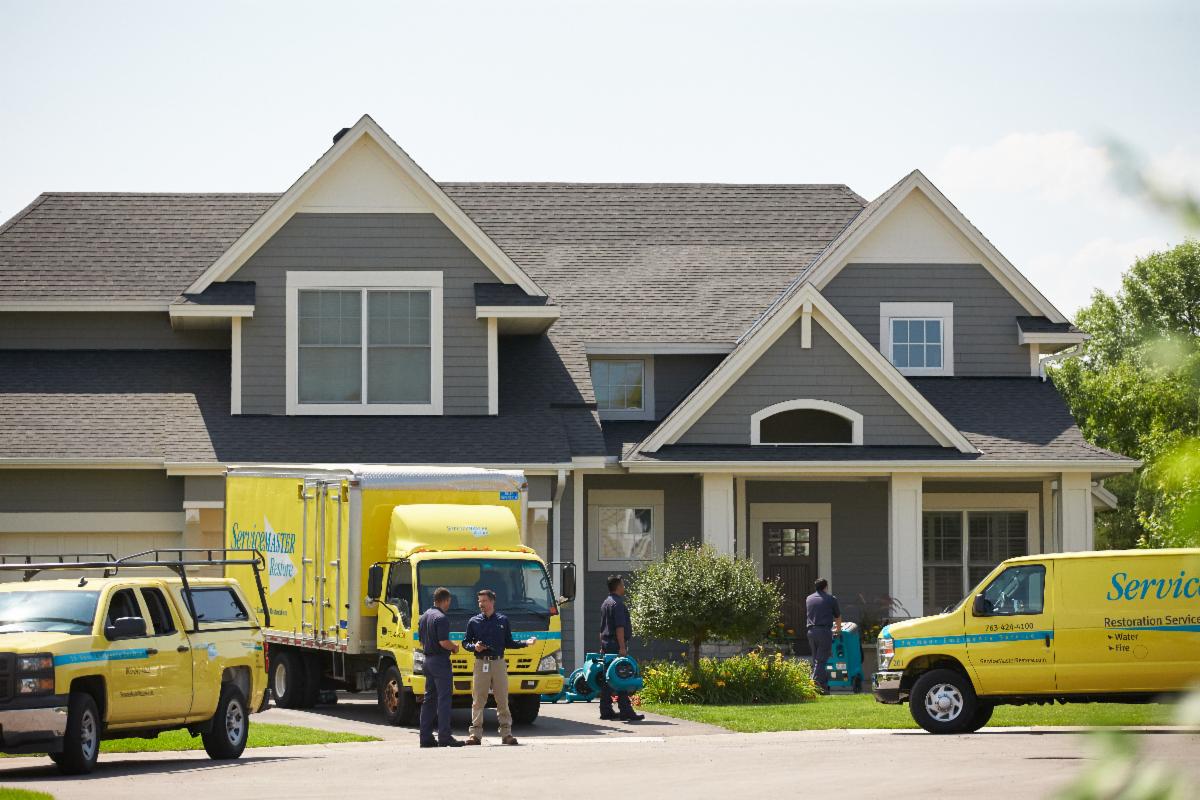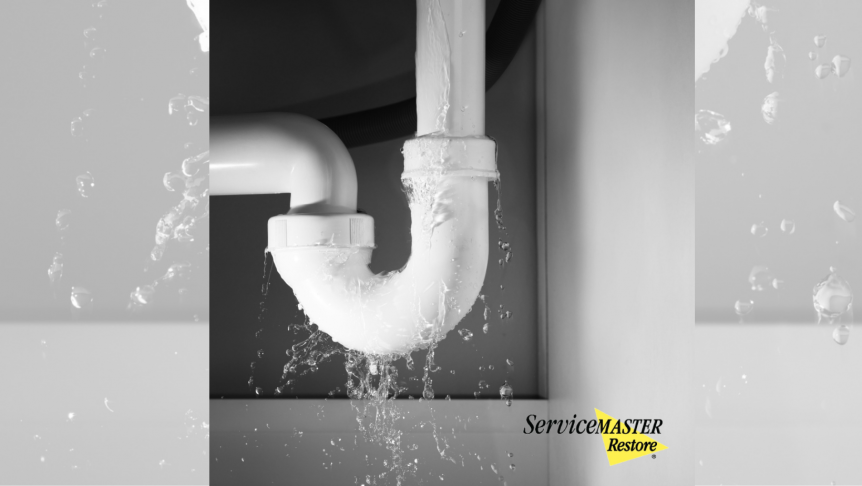A leaky sink can go undetected until the cabinets underneath are opened. A water puddle is a sign that a leak has sprung. Sinks commonly leak underneath due to issues with the drain or plumbing equipment. Homeowners should know the precise cause of the leak so they can fix it.
Water shouldn’t be under the kitchen or bathroom sink. But when the towels stored there become soggy or the cleaning supplies are covered in moisture, a leak is the culprit. Homeowners may wonder whether the garbage disposal, the faucet, or pipes under the sink are leaking.
How is the leak diagnosed?
It’s important to diagnose the leak by first removing all the supplies from under the sink. Decluttering the area gives the homeowner a clear view of the affected space. A flashlight helps the homeowner inspect the dark recesses under the sink and dry paper towels pick up the excess moisture.
Use dry paper towels to wipe off the dampness from the garbage disposal, pipes, shut off valves, and faucet supply lines. Be sure to use the towels to absorb water hiding in the nooks and crannies in the cabinet under the sink, too.

What causes leaks under the sink?
Once the area underneath the sink is cleared out and dry, the homeowner can get a better idea of the source of moisture and the best ways to fix it. Bathroom and kitchen sinks can leak underneath for any of numerous common reasons, such as the ones that follow.
1. Drainage Plumbing Pipes
Drainage plumbing pipes are typically plastic waste pipes that connect to the plug hole in the sink. They can include connections and fittings that attach either to the end of the kitchen sink or to where it reaches into the drainage or waste system.
Leaks can develop in the pipes due to worn connections or shifting plumbing lines. Pipe corrosion causes fractures in the lines beneath the sink; water then has an opportunity to leak out. Clogs can cause these leaks, as they sit stagnant for prolonged periods and put pressure on the pipes.
2. U-Bend
The U-bend, also known as a waste trap, is another source of leaks under the sink. It undergoes severe wear and tear as it tolerates repeated cycles of hot and cold water from the sink. The U-bend can also become clogged and undergo further wear and tear.
At both ends, the U-bend is connected with washers. Clogs and the resulting movement and wear and tear are responsible for loosening the rubber washers. If they become dislodged or disconnected, the area under the sink will leak. A foul odor is indicative of an issue with the U-bend.
If the leak is due to sink clog, read how to How to Unclog a Kitchen Sink that is Full of Water

3. Hot Water Supply Pipes
The hot water pipe plumbing is also known to spring leaks due to wear and tear of the pipes or the connections over time. The plumbing is connected to a separate hot tap and the source of the hot water may be a hot water tank.
Water pipes shift when they expand and contract as water flows through them. As a result of the constant movement, they can become stressed and lead to cracks and other forms of wear. Other parts of the pipes, like the connections to flexi-hoses to the sink, can also leak.
4. Cold Water Supply Pipes
Like the hot water supply pipes, the cold water supply pipes generate movement and can spring a leak. However, the cold water supply plumbing does not undergo the same level of movement as the hot water supply pipes. Rather, they’re likely to be under higher pressure, which causes stress.
Due to the higher pressure, the leaks from the cold water supply pipes can be sudden. The resulting issue can also cause water to leak at a more rapid rate. Plus, stop tanks are often associated with the cold water supply pipes—and these can break or leak, too.
5. Leaks from Nearby Appliances
On occasion, a leak under the sink may be caused by a nearby appliance rather than the sink itself or its plumbing connections. For example, a dishwasher or washing machine located in close proximity to the leaky sink can be the actual source of the leak.
Similarly, if the leak occurs under a kitchen sink, the garbage disposal may be responsible. A leak from soil stacks can appear as a leak under the sink. Leaks can also occur due to other plumbing, such as central heating leaks.
Water leaking from under the sink can go undetected for prolonged periods of time. Homeowners who neglect to notice the leak are likely to have significant water damage on their hands. Preventing costly water damage requires having the damp spots professionally checked as soon as possible.
After the leak is professionally inspected by a licensed plumber, begin the water damage restoration process right away. Contracting with ServiceMaster Disaster Restoration and Recovery halts the spread of water damage and reduces its impact and the cost of cleanup.

Our IICRC certified water damage restoration technicians arrive immediately after your call to inspect the extent of water damage. Upon formulating a cleanup plan, our specialists begin work. We run advanced water extraction machinery to eliminate all traces of excess moisture from the property.
The drying process is equally important, which is why we use powerful dehumidifiers and air movers to dry the property. Cleanup follows with our specialized cleaning products. Our techs are available to clean carpets and upholstery. We also offer content cleaning and pack-out services.
If the water damage is due to a backed-up sewer, ServiceMaster DRR technicians are qualified to safely provide cleanup services. We remove the wastewater carefully and both clean and sanitize the premises to eliminate contaminants, including E. coli and other bacteria and viruses, like hepatitis.
When your residential home or commercial business in San Francisco, California, undergoes water damage, call the pros at ServiceMaster DRR. We handle flood cleanup of any size, large or small, swiftly and efficiently. Our restoration experts stand by 24 hours a day. Call today at (800) 439-8833.



